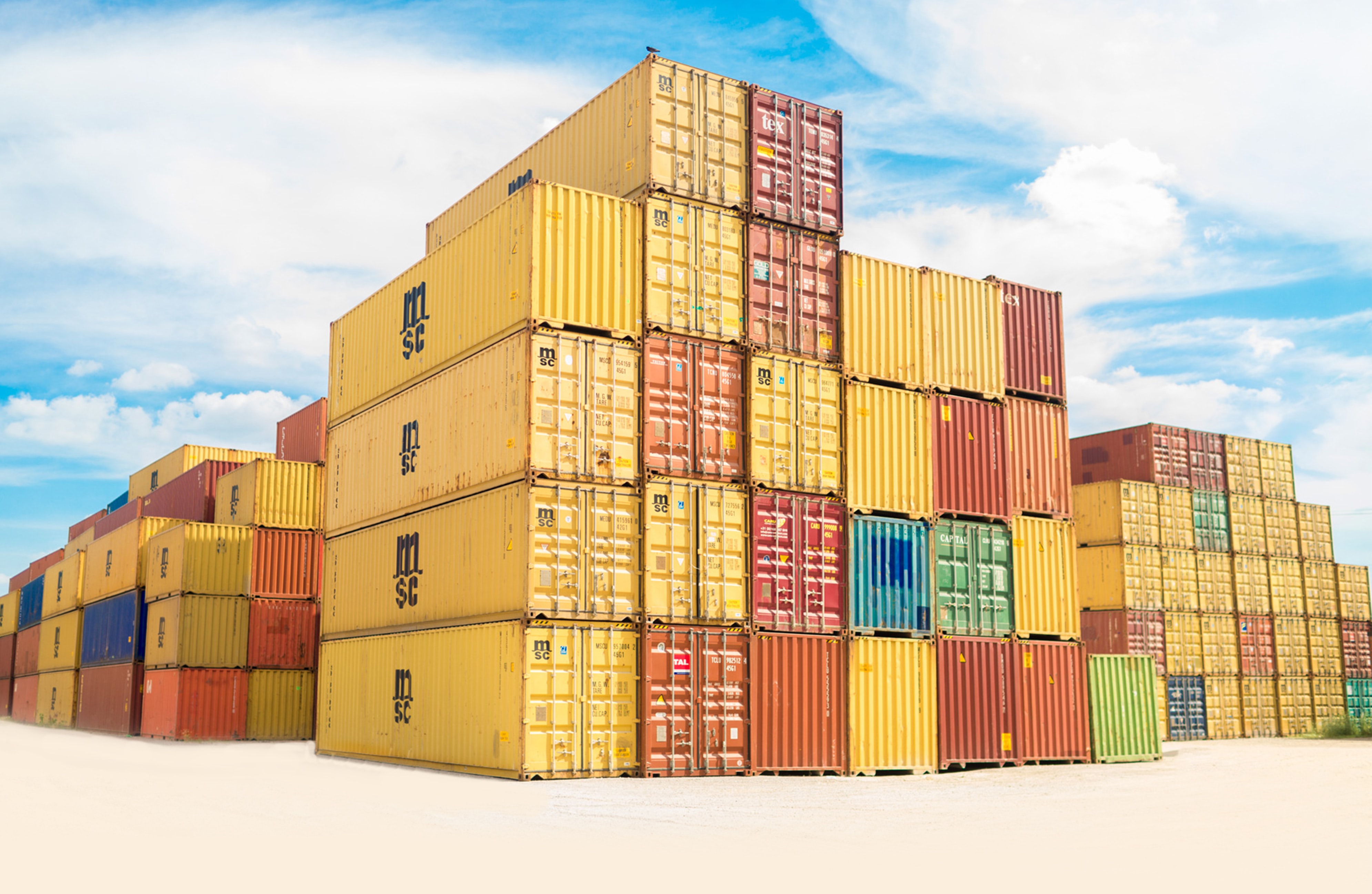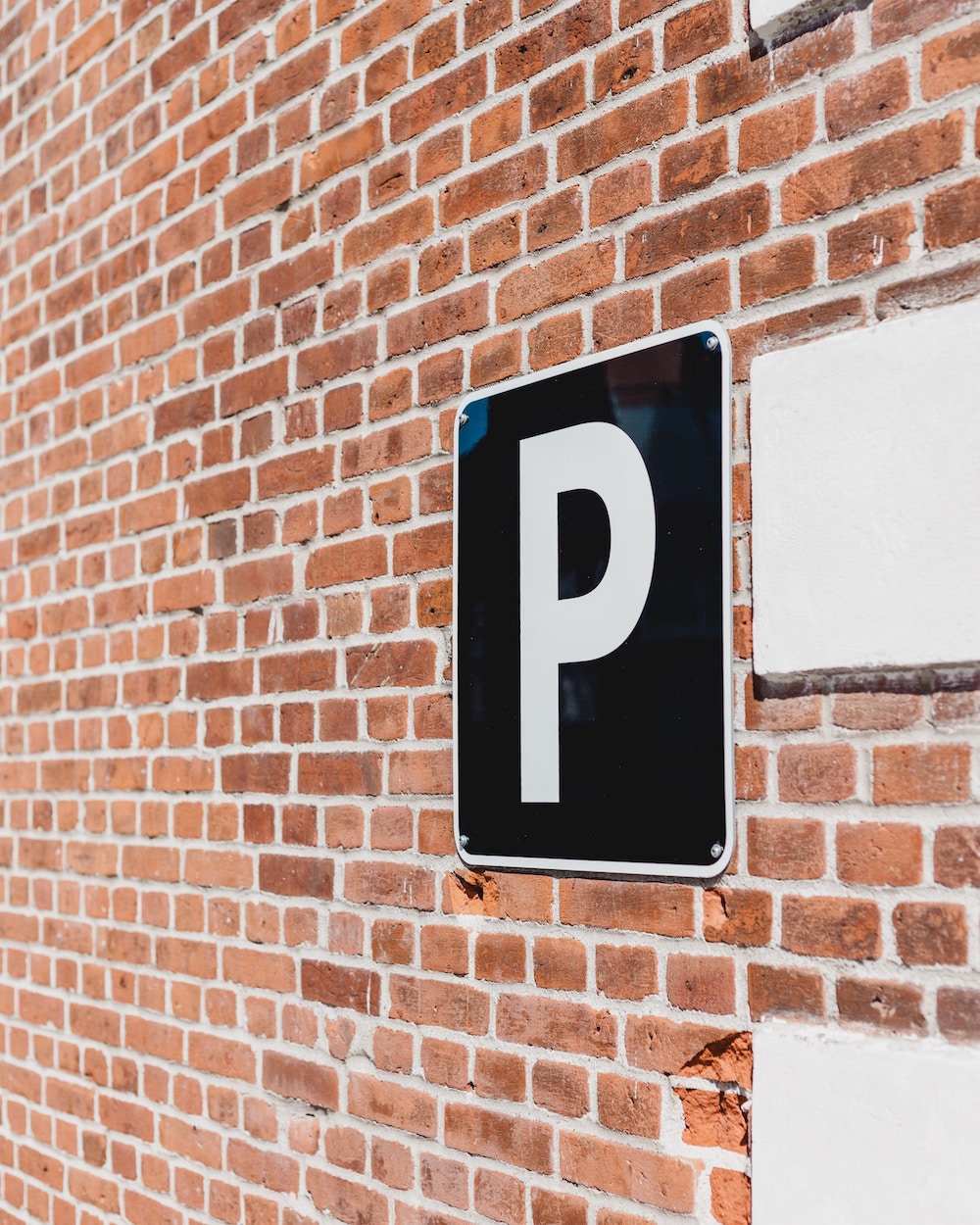Construction of sea containers – construction
Construction of sea containers – construction. Sea cargo shipping containers are manufactured according to standard designs. The configuration of the container requires convenient loading and unloading, safe placement on the ship and in the warehouse terminal. In addition, in the case of a sea container, the construction must include special equipment for the transport of goods to the destination. From beams, walls, floors, doors to hinges, bolts and corner posts.
Construction of sea containers – construction
Sea containers are reliable steel boxes with standard dimensions, intended for the transport of goods by various means of transport. The design of the container depends on the purpose and volume of the containers, the type of materials transported and the storage conditions of the goods. The configuration of the models enables the compact placement of cargo modules in the holds of sea-going vessels, warehouse terminals, railway wagons or on truck platforms. Metal structures are designed for absolute cargo safety and intensive work in various conditions.
- https://www.dobre-zycie.pl/gdzie-kupie-worek-plecak/
- https://www.tathe.pl/serwis-apple-szczecin-co-warto-wiedziec/
- https://www.zark.pl/jak-prawidlowo-wykonac-ozonowanie/
The metal frame of the sea container consists of the following components:
- The bottom of the sea container, the floor can be covered with waterproof wooden plywood or with a perforated synthetic coating
- Side walls (wall thickness depends on its purpose)
- Crossbeams: top, bases
- Longitudinal beam: top, bases
- Front door
- Container corner
- Adjusting shaft
- Gasket
- Hinge, customs eye
- bolts
- Corner post.
In a sea container, the frame is made of profiled or extruded rolled metal (most often made of metal sheet). Overlapping tanks are connected by corner connectors. At the bottom of most models there are technological pockets for a forklift.
- adwokat-prawnik.eu/250/adwokat-katowice
- miod24.com.pl/pl/c/Miod-Wrzosowy/23
- docieplenia-poddaszy.fao.pl
Sea containers, floor, wall, door, roof construction
In sea containers the construction of the floor implies the presence of the main longitudinal beam made of profiled metal. The structure is strengthened by additional crossbeams. The beams are bolted to each other, the bolted joints are carefully sealed. Floors: waterproof fiberboard or plywood, synthetic coating with perforation. The floor is covered with a composite composition. The wood does not rot and retains strength under the weight of the load.
The type of door depends on the configuration of the sea container. Some types of containers have no doors at all. In classic versions, the container is equipped with one or two pairs of hinged doors. There are options with a side setting: the side wall has a door, it slides or folds back. In the basic version, the door is hung on 4 hinges. There is a locking mechanism. The main ciphers and symbols explaining the container specification are applied to this element.
Sea containers, construction of elements – protection against corrosion
Protective coatings are applied to parts without galvanizing in several stages:
-
-
- Sandblasted steel panels
- Priming
- Application of an anti-corrosive substance.
-
Some do surface varnishing. The sea container is painted both inside and outside. The inside thickness is 80 microns, the outside is 110 microns.
The construction of sea containers also includes additional devices:
-
-
-
-
- Cast corner fittings: for gripping containers with crane slings
- Tunnel in front of the trailer.
-
-
-
Sea container design
The loading module for shipping consists of a welded frame made of profiled steel beams. The walls and ceiling of the box are covered with 1.5 mm thick profiled sheet metal, protected against corrosion with a double layer of paint. The module is equipped with swing gates for quick loading or unloading of materials. There are models with side loading or vertical loading. The door is closed with a special mechanism that prevents the gate from being opened by itself.
The 20-foot container is intended to be transported by forklift truck and has side pockets. The slots in the lower beam ensure reliable traction while the vehicle is in motion. The 40-foot container structure eliminates the need for a forklift due to the high probability of losing balance. Moving the module is carried out using corner fittings and special lifting devices.
The structure of the tanker tank
Sea tank containers are used to transport liquid and gaseous cargo. The structure consists of a tank equipped with a system of valves and pipelines for loading and unloading the product. The tank is fixed inside a frame of steel beams with a rectangular section with spacers and angles of stiffness. The metal frame protects the tank from damage during transport. The modules are equipped with lifting ladders, communication platforms, temperature and pressure control systems inside the tank. Tanker containers are periodically tested for durability and tightness of the systems.
















